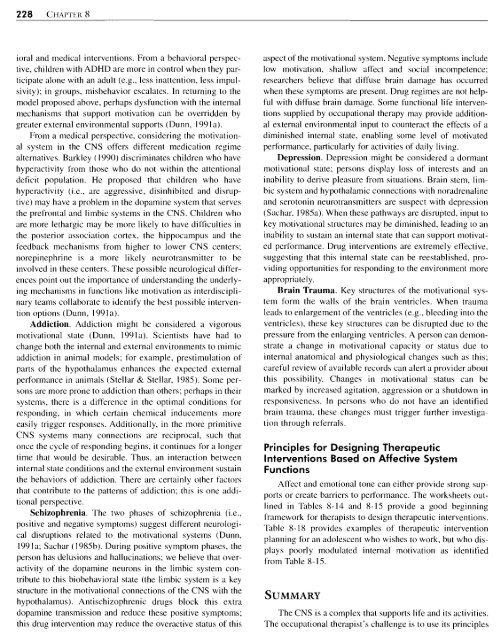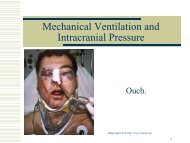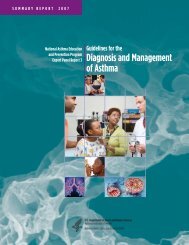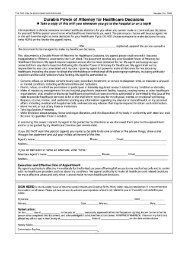Implementing Neuroscience Principles to Support Habilitation and ...
Implementing Neuroscience Principles to Support Habilitation and ...
Implementing Neuroscience Principles to Support Habilitation and ...
You also want an ePaper? Increase the reach of your titles
YUMPU automatically turns print PDFs into web optimized ePapers that Google loves.
ioral <strong>and</strong> medical interventions. From a behavioral perspective,<br />
children with ADHD are more in control when they participate<br />
alone with an adult (e.g., less inattention. less impulsivity);<br />
in groups, misbehavior escalates. In returning <strong>to</strong> the<br />
model proposed above, perhaps dysfunction with the internal<br />
mechanisms that support motivation can be overridden by<br />
greater external environmental supports (Dunn, I99 1 a).<br />
From a medical perspective, considering the motivational<br />
system in the CNS offers different medication regime<br />
alternatives. Barkley ( 1990) discriminates children who have<br />
hyperactivity from those who do not within the attentional<br />
deficit population. He proposed that children who have<br />
hyperactivity (i.e., are aggressive, disinhibited <strong>and</strong> disruptive)<br />
may have a problem in the dopamine system that serves<br />
the prefrontal <strong>and</strong> limbic systems in the CNS. Children who<br />
are more lethargic may be more likely <strong>to</strong> have difficulties in<br />
the posterior association cortex, the hippocampus <strong>and</strong> the<br />
feedback mechanisms from higher <strong>to</strong> lower CNS centers;<br />
norepinephrine is a more likely neurotransmitter <strong>to</strong> be<br />
involved in these centers. These possible neurological differences<br />
point out the importance of underst<strong>and</strong>ing the underlying<br />
mechanisms in functions like motivation as interdisciplinary<br />
teams collaborate <strong>to</strong> identify the best possible intervention<br />
options (Dunn, 199 1 a).<br />
Addiction. Addiction might be considered a vigorous<br />
motivational state (Dunn, 199 1 a). Scientists have had <strong>to</strong><br />
change both the internal <strong>and</strong> external environments <strong>to</strong> mimic<br />
addiction in animal models; for example, prestimulation of<br />
parts of the hypothalamus enhances the expected external<br />
performance in animals (Stellar & Stellar, 1985). Some persons<br />
are more prone <strong>to</strong> addiction than others; perhaps in their<br />
systems, there is a difference in the optimal conditions for<br />
responding, in which certain chemical inducements more<br />
easily trigger responses. Additionally, in the more primitive<br />
CNS systems many connections are reciprocal, such that<br />
once the cycle of responding begins, it continues for a longer<br />
time that would be desirable. Thus, an interaction between<br />
internal state conditions <strong>and</strong> the external environment sustain<br />
the behaviors of addiction. There are certainly other fac<strong>to</strong>rs<br />
that contribute <strong>to</strong> the patterns of addiction; this is one additional<br />
perspective.<br />
Schizophrenia. The two phases of schizophrenia (i.e.,<br />
positive <strong>and</strong> negative symp<strong>to</strong>ms) suggest different neurological<br />
disruptions related <strong>to</strong> the motivational systems (Dunn,<br />
199 1 a; Sachar (1 98%). During positive symp<strong>to</strong>m phases, the<br />
person has delusions <strong>and</strong> hallucinations; we believe that overactivity<br />
of the dopamine neurons in the limbic system contribute<br />
<strong>to</strong> this biobehavioral state (the limbic system is a key<br />
structure in the motivational connections of the CNS with the<br />
hypothalamus). Antischizophrenic drugs block this extra<br />
dopamine transmission <strong>and</strong> reduce these positive symp<strong>to</strong>ms;<br />
this drug intervention may reduce the overactive status of this<br />
aspect of the motivational system. Negative symp<strong>to</strong>ms include<br />
low motivation, shallow affect <strong>and</strong> social incompetence;<br />
researchers believe that diffuse brain damage has occurred<br />
when these symp<strong>to</strong>ms are present. Drug regimes are not helpful<br />
with diffuse brain damage. Some functional life interventions<br />
supplied by occupational therapy may provide additional<br />
external environmental input <strong>to</strong> counteract the effects of a<br />
diminished internal state, enabling some level of motivated<br />
performance, particularly for activities of daily living.<br />
Depression. Depression might be considered a dormant<br />
motivational state; persons display loss of interests <strong>and</strong> an<br />
inability <strong>to</strong> derive pleasure from situations. Brain stem, limbic<br />
system <strong>and</strong> hypothalamic connections with noradrenaline<br />
<strong>and</strong> sero<strong>to</strong>nin neurotransmitters are suspect with depression<br />
(Sachar. 19853). When these pathways are disrupted, input <strong>to</strong><br />
key motivational structures may be diminished, leading <strong>to</strong> an<br />
inability <strong>to</strong> sustain an internal state that can support motivated<br />
performance. Drug interventions are extremely effective.<br />
suggesting that this internal state can be reestablished, providing<br />
opportunities for responding <strong>to</strong> the environment more<br />
appropriately.<br />
Brain Trauma. Key structures of the motivational system<br />
form the walls of the brain ventricles. When trauma<br />
leads <strong>to</strong> enlargement of the ventricles (e.g., bleeding in<strong>to</strong> the<br />
ventricles), these key structures can be disrupted due <strong>to</strong> the<br />
pressure from the enlarging ventricles. A person can demonstrate<br />
a change in motivational capacity or status due <strong>to</strong><br />
internal ana<strong>to</strong>mical <strong>and</strong> physiological changes such as this;<br />
careful review of available records can alert a provider about<br />
this possibility. Changes in motivational status can be<br />
marked by increased agitation. aggression or a shutdown in<br />
responsiveness. In persons who do not have an identified<br />
brain trauma. these changes must trigger further investigation<br />
through referrals.<br />
<strong>Principles</strong> for Designing Therapeutic<br />
Interventions Based on Affective System<br />
Functions<br />
AlTect <strong>and</strong> emotional <strong>to</strong>ne can either provide strong supports<br />
or create barriers <strong>to</strong> performance. The worksheets outlined<br />
in Tables 8-14 <strong>and</strong> 8-15 provide a good beginning<br />
framework for therapists <strong>to</strong> design therapeutic interventions.<br />
Table 8- 18 provides examples of therapeutic intervention<br />
planning for an adolescent who wishes <strong>to</strong> work, but who displays<br />
poorly modulated internal motivation as identified<br />
from Table 8-1 5.<br />
SUMMARY<br />
The CNS is a complex that supports life <strong>and</strong> its activities.<br />
The occupational therapist's challenge is <strong>to</strong> use its principles





